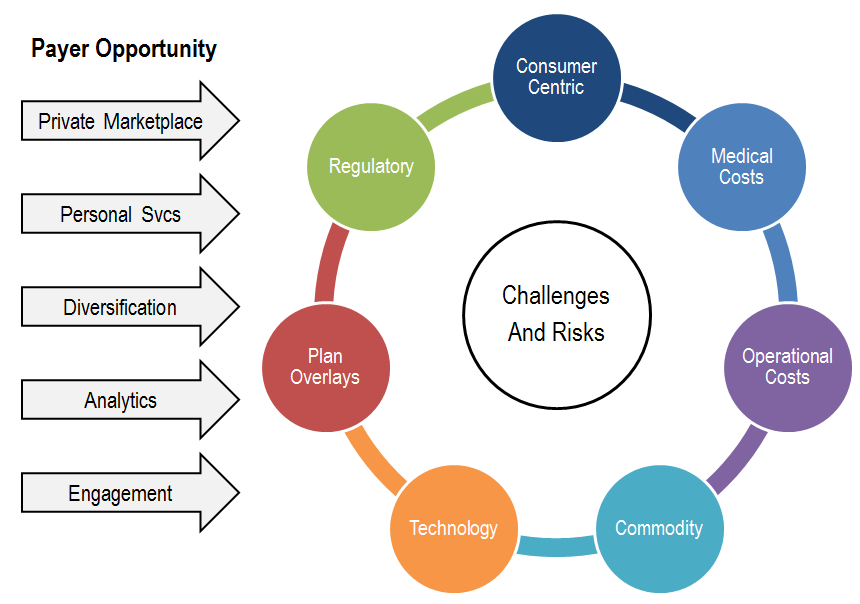The shift toward consumer centricity in healthcare can be seen throughout the market, from providers to payers. The healthcare industry is in a state of transition, which is inevitable for any industry that has straddled generations of consumer, economic and societal trends. With a shift toward consumer engagement and digital communication, it is more important than ever for healthcare industry insiders to keep up with the times and develop programs that are relevant to today’s market. Health engagement programs are a big part of that. In order to develop useful and lasting health engagement programs, it is up to providers and payers to better understand what makes us tick, and provide products and services accordingly.
Health Engagement Programs: Segmentation is Essential
Healthcare providers and payers are now more focused on developing programs that drive healthier behaviors in consumers, whether they are in top shape, in need of a few healthy lifestyle adjustments, chronically ill or currently receiving treatment. Segmentation of the marketplace allows healthcare professionals to create more positive experiences for consumers from all walks of life and in all situations. This allows for a more personalized experience for the consumer, with health programs that are tailored for and marketed to different types of people based on their unique wants and needs.
What This Means for Healthcare Payers
The shift toward segmenting the healthcare market and creating more personalized experiences for patients provides a new opportunity for payers to move into the consumer health space, rather than just the health event and transaction spaces, as they have been limited to in the past. It is in everyone’s best interests for consumers to have as many tools and as much accurate information as possible in order to pursue their own good health, and payers can be a big part of this. Historically, however, consumers have not been pleased with the experiences they’ve had with the payers providing health benefit plans and services to them. Payers have not worked hard to build relationships with their customers, and thus do not differentiate themselves from one another, giving consumers little reason to switch from one payer to another. Consumer centricity for healthcare payers is essential as consumers continue to become savvier and demand more comprehensive services designed to meet their specific needs.
The Challenges in Engaging Healthcare Consumers
The fact of the matter is that many consumers are resistant to engaging with their health payers due to a number of factors, including negative past experiences and underdeveloped relationships. Even when payers try to reach out with information that can help consumers achieve healthier lives, they are faced with heavy resistance. It does not have to stay this way, though. Many payers are already beginning to embrace the shift toward healthcare consumer centricity and building the kinds of relationships that see results. There is still much that can be done to engage consumers, better understand what makes consumers tick, segment the market, provide more personalized products and offer better services overall.
The Road Ahead for Healthcare Payers
Focusing on consumer centricity in healthcare is going to become just as essential for payers as keeping costs down and increasing membership – this is how payers are going to keep their customers and attract new ones. In many ways, healthcare payers can benefit from looking at how various retailers handle their business. Many online retailers, for example, engage consumers throughout the processing and delivery steps, and update them as their packages are being shipped. The same model could be used in the claims processing lifecycle to keep consumers engaged, and not frustrated or alarmed. At the very least, healthcare payers will need to provide a more seamless and positive user experience for their members, and begin building a more optimistic relationship with consumers. Then, over time, it will be possible for health payers to design more consumer centric products, engage consumers in healthier behaviors, keep customers happy and distinguish themselves from the competition.
